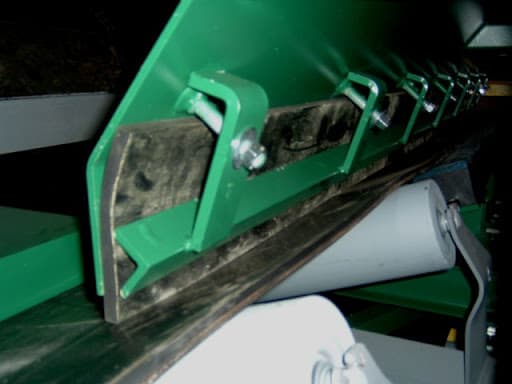SA07
Electrical
- Feb 22, 2018
- 373
Hi
Bagasse coming from the sugar mill passes over several conveyor belts before entering our 2 boilers to be burnt as fuel. The flow is controlled by a PLC and is measured by Precia Molen weighbridge installed on the conveyor using load cells.
Every Sunday when the sugar mill stops, a calibration of the weighbridges can be done. From Monday to Sunday morning, the plant operates 24/24 and no calibration can be done.
We notice that the weighbridge measurement drifts quickly after 1-2 days of calibration. Someone from Precia Molen came on site to check but problem still the same.
On the conveyor belts, there are belts on either side to prevent spillage of bagasse. When these side belts wear, the force they exert on the conveyor belt decreases and this affects the reading of the weighbridge.
Are there are technologies that can be used to measure flow of bagasse on conveyor belts accurately?
Bagasse coming from the sugar mill passes over several conveyor belts before entering our 2 boilers to be burnt as fuel. The flow is controlled by a PLC and is measured by Precia Molen weighbridge installed on the conveyor using load cells.
Every Sunday when the sugar mill stops, a calibration of the weighbridges can be done. From Monday to Sunday morning, the plant operates 24/24 and no calibration can be done.
We notice that the weighbridge measurement drifts quickly after 1-2 days of calibration. Someone from Precia Molen came on site to check but problem still the same.
On the conveyor belts, there are belts on either side to prevent spillage of bagasse. When these side belts wear, the force they exert on the conveyor belt decreases and this affects the reading of the weighbridge.
Are there are technologies that can be used to measure flow of bagasse on conveyor belts accurately?

